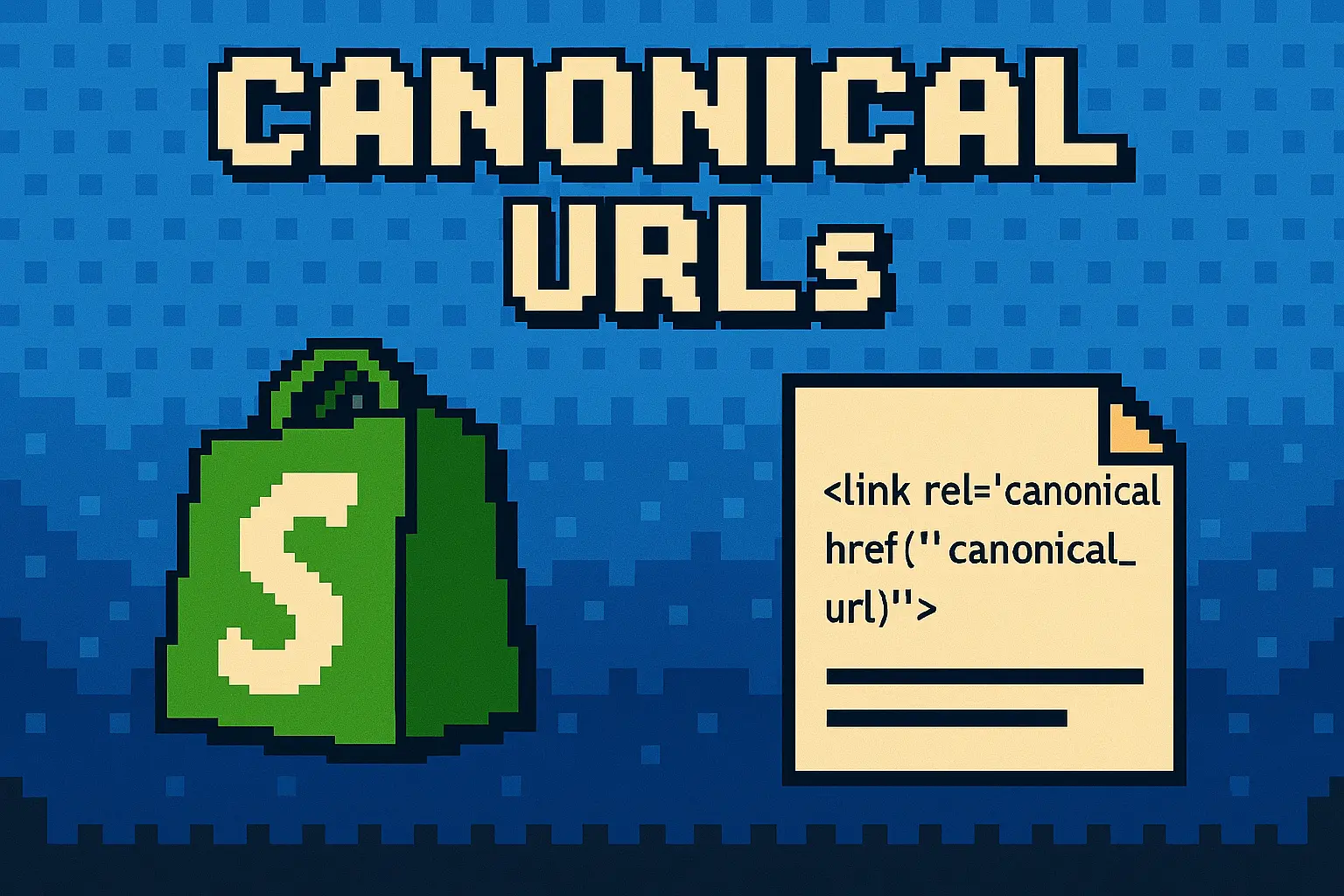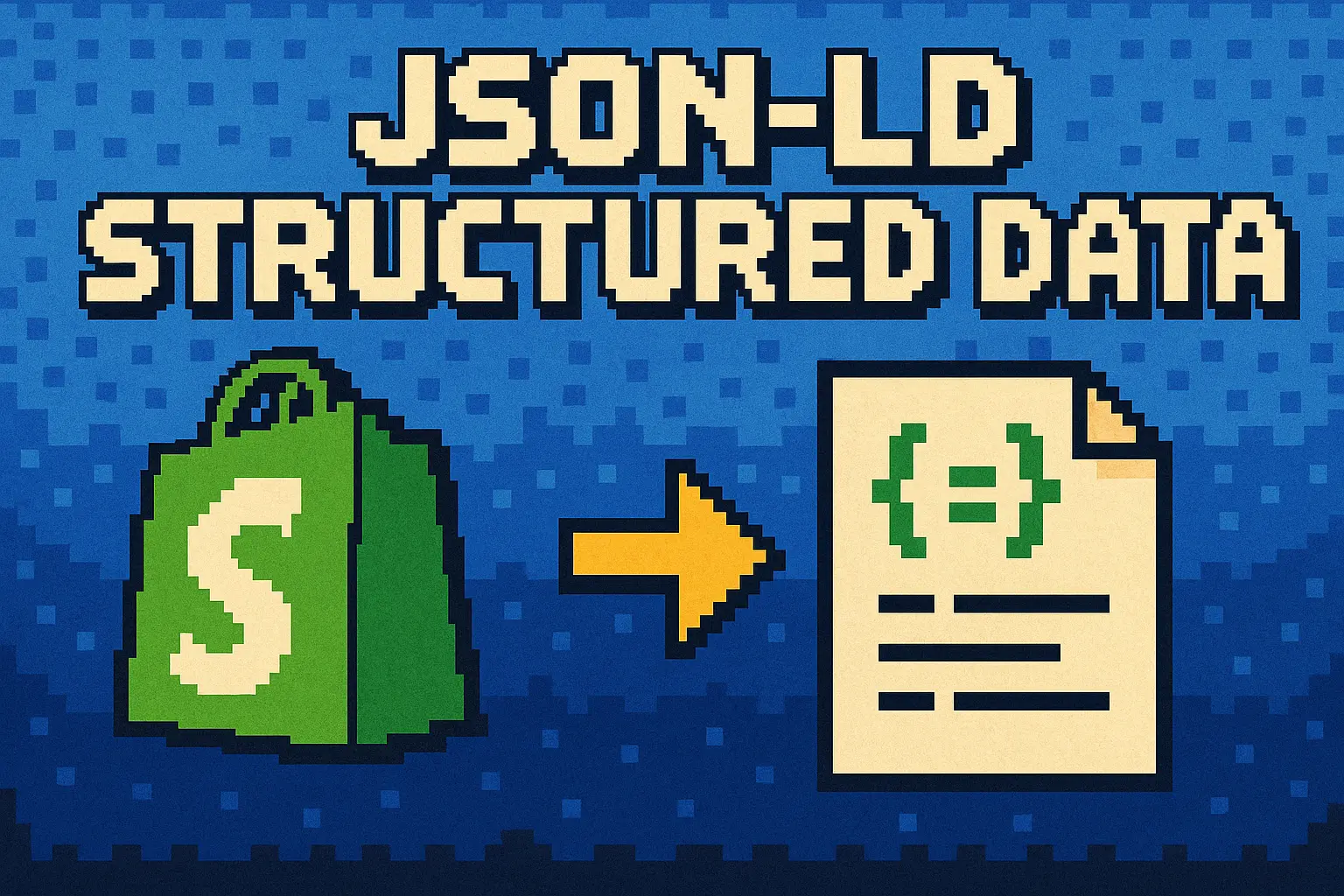FAQs aren't just a nice-to-have feature on your Shopify store. When done right, they help your customers find answers faster, reduce support tickets, and boost your visibility in both traditional and AI-powered search.
FAQs Improve SEO and Help Customers Buy with Confidence
A well-written FAQ section doesn’t just help your SEO it also helps your customers feel more confident when shopping. When visitors land on your product or category pages, they often have questions about sizing, shipping times, or compatibility. If they can't find the answers quickly, they may leave.
That’s where FAQs shine. They anticipate common concerns and provide answers right when and where the shopper needs them. This can reduce bounce rates and abandoned carts while increasing conversion rates. At the same time, question-based content naturally aligns with long-tail search queries, making your pages more likely to appear in organic search results. It’s a win-win for visibility and customer trust / the customer experience.
FAQa Also Set You Up for AI-Driven Discovery
Search is evolving fast. AI-powered search engines like Bing Chat, Google SGE, and even tools like ChatGPT now surface direct answers to questions and your FAQ content can be that answer. Checkout our full AI / AEO search guide to learn more.
Structured FAQ content gives AI systems clearly formatted information to pull from. If your answer is concise and well-written, you improve your chances of being featured as the response to a voice search or chat-based query. This gives you visibility even when users never visit a traditional search results page.
Start your answers with a short, clear sentence, then follow up with any extra detail. This approach is helpful to both humans and machines.
HTML + FAQ Schema = Visibility + UX
To benefit from both SEO and user experience, you need to publish your FAQs in two formats:
- HTML: So that real customers can see the answers directly on your store
- JSON-LD FAQ Page schema: So that search engines and AI bots can understand the structure and context
When combined, these two layers give your store a technical and experiential advantage. You can add schema manually through Shopify metafields and Liquid code, but for most merchants, using a Shopify FAQ app like Schema Ninja is the faster, scalable option. The app lets you add product-specific FAQs without editing your theme files, and handles schema markup automatically.
Where to Place FAQs on Your Store
Not all FAQs belong on one page. Spread them out based on context:
- On product pages, include questions about sizing, materials, usage, and compatibility.
- On collection (category) pages, include broader questions relevant to all items in that category.
- On a site-wide FAQ page, answer general questions about your shipping, returns, payment methods, and policies.
The best place to start is with questions you're already hearing from customers via email, support tickets, or chat. Use those as your source of truth.
Didn’t Google Kill FAQ Rich Results?
In 2023, Google announced it would limit FAQ rich snippets to high-trust domains like government and health sites. But that doesn’t mean you should stop using FAQ schema.
Structured data still plays a key role in helping search engines and AI systems understand your site. Microsoft & OpenAI have a partnership so is becoming even more important to start taking Bing search more seriously. Bing Search and emerging AI-powered search tools continue to use this data to build richer answers. Even Google said there’s no harm in keeping schema in place it just might not show up as a rich result as often.
So keep your FAQ markup. It still contributes to better indexing and AI visibility.
TL;DR: Actionable Steps for Shopify Merchants
- Add helpful, honest FAQs to your product and collection pages.
- Use real customer language and phrase questions the way your shoppers ask them.
- Write short but clear answers, starting with the key takeaway.
- Use both on-page HTML and structured FAQ schema.
- Automate with a Shopify FAQ app like Schema Ninja if you want to scale easily.
Want to automate FAQs across all your product pages?
Check out Schema Ninja – Shopify FAQ App
Stay tuned for Part 2: A technical walk-through of how to add FAQs to Shopify with metafields and Liquid.
Resources & References
- Google Search Central - FAQ Structured Data Guidelines
- Shopify Help Center - Adding and Editing Metafields
- Changes to HowTo and FAQ rich results
- Learn more about Schema Ninja
- Automatically Add Shopify Product FAQs (With Built-In FAQ Schema)










.webp)
.png)